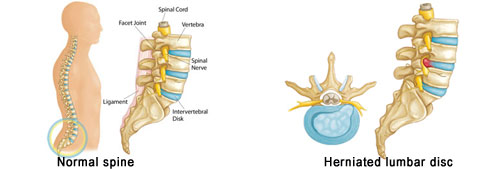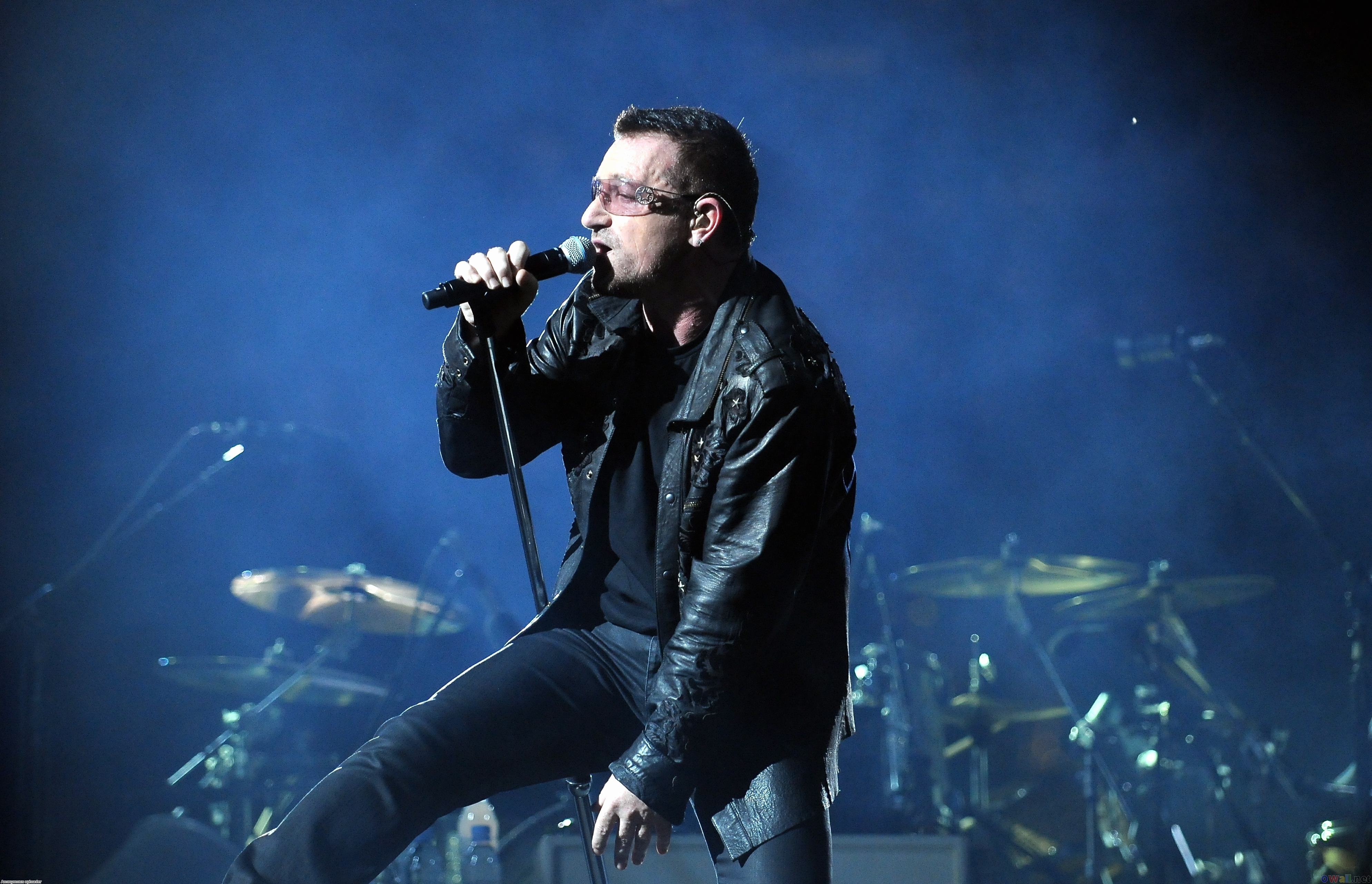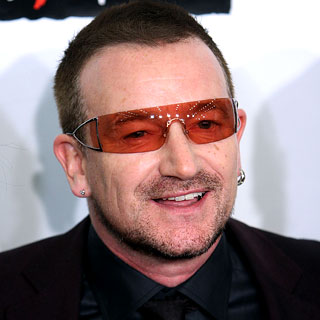UPDATE:U2 cancels tours due to Bono’s back surgery

Last week we blogged that U2 frontman Bono underwent emergency back surgery due to an injury during a rehearsal. Today we learned the extent of those injuries when the group announced that they would be postponing their tour to North America until next year. The press release cites “severe compression of the sciatic nerve” and “a serious tear in the ligament and a herniated disc.” Doctors expect the recovery to take at least “six to eight weeks.”
The spine is made up of 24 bones called vertebrae, stacked on top of each other as well as the sacrum and coccyx (which are fused vertebrae at the base of the spine). Between the vertebrae are cushions made of cartilage, called the intervertebral discs, which keep the spine flexible and act as shock absorbers. Strong fibrous tissue, called ligaments and bony protrusions of the vertebrae called facets help stabilize the spine. There is an oval shaped space that continues throughout the spine, called the spinal canal, through which the nerves pass from the brain out to the rest of the body.
The intervertebral discs consist of a thick outer layer of cartilage, the annulus, which surrounds a jelly-like center called the nucleus. A disc is called herniated when the nucleus seeps out and encroaches on the nerves coming out of the space between the vertebrae. Although a herniated or ruptured disc can occur by a single severe trauma, more commonly it occurs as discs get worn over time, causing them to become less springy, and flatter, and to develop small cracks.
The most common symptoms of lumbar disc herniation is sciatica—a sharp, often shooting pain that extends from the buttocks down the back of one leg, caused by pressure on the spinal nerve. Other symptoms include numbness and tingling, or weakness in one leg. Loss of bowel and bladder control can also occur. Patients may be treated with symptomatic therapy (pain medications, physical therapy) for a prolonged period of time. However, if symptoms are severe or unresponsive to those treatments, surgical intervention maybe appropriate. There are a variety of surgical options including removal of a small part of the disc and nearby spine (microdiscectomy- the most common surgery for the condition), replacement of the disc, fusion of the spinal bones, and newer techniques such as Intradiscal electrothermal therapy (IDEE) which involves the use of heat to modify the collagen fibers of the disc and destroy the pain receptors in the area.
For more information:
| Resounding Health(tm) Herniated Disc |



























0 comments